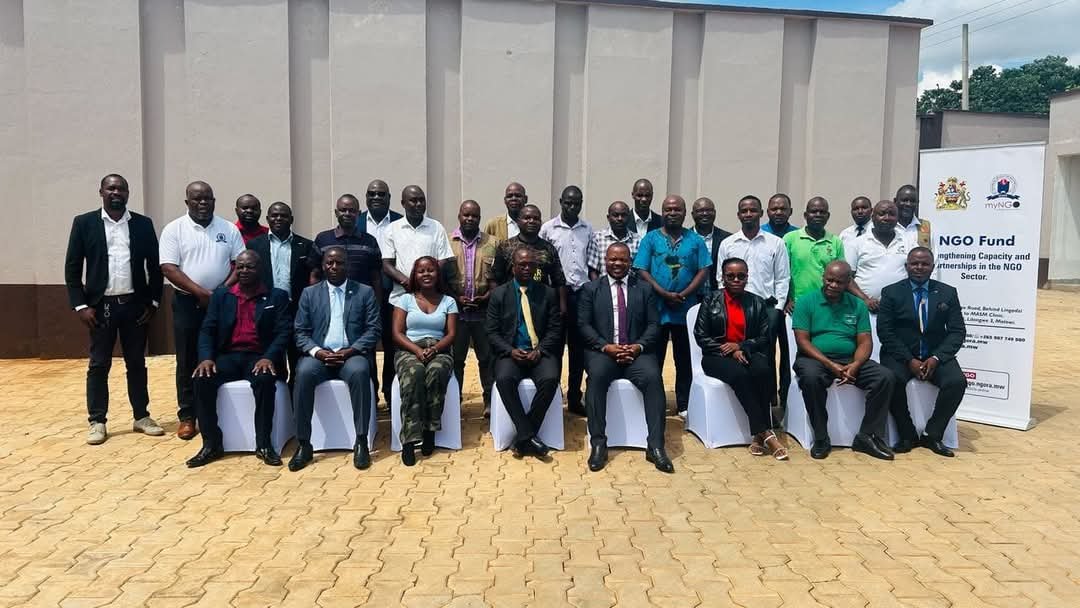

CHAFO concentrates its efforts across five key programmatic focus areas. These areas represent both the organization’s core strengths and the pressing needs of the communities it serves. Each area aligns with Malawi’s Health Sector Strategic Plan III (HSSP III), Sustainable Development Goals (SDGs), and CHAFO’s commitment to sustainable, community-centred healthcare.
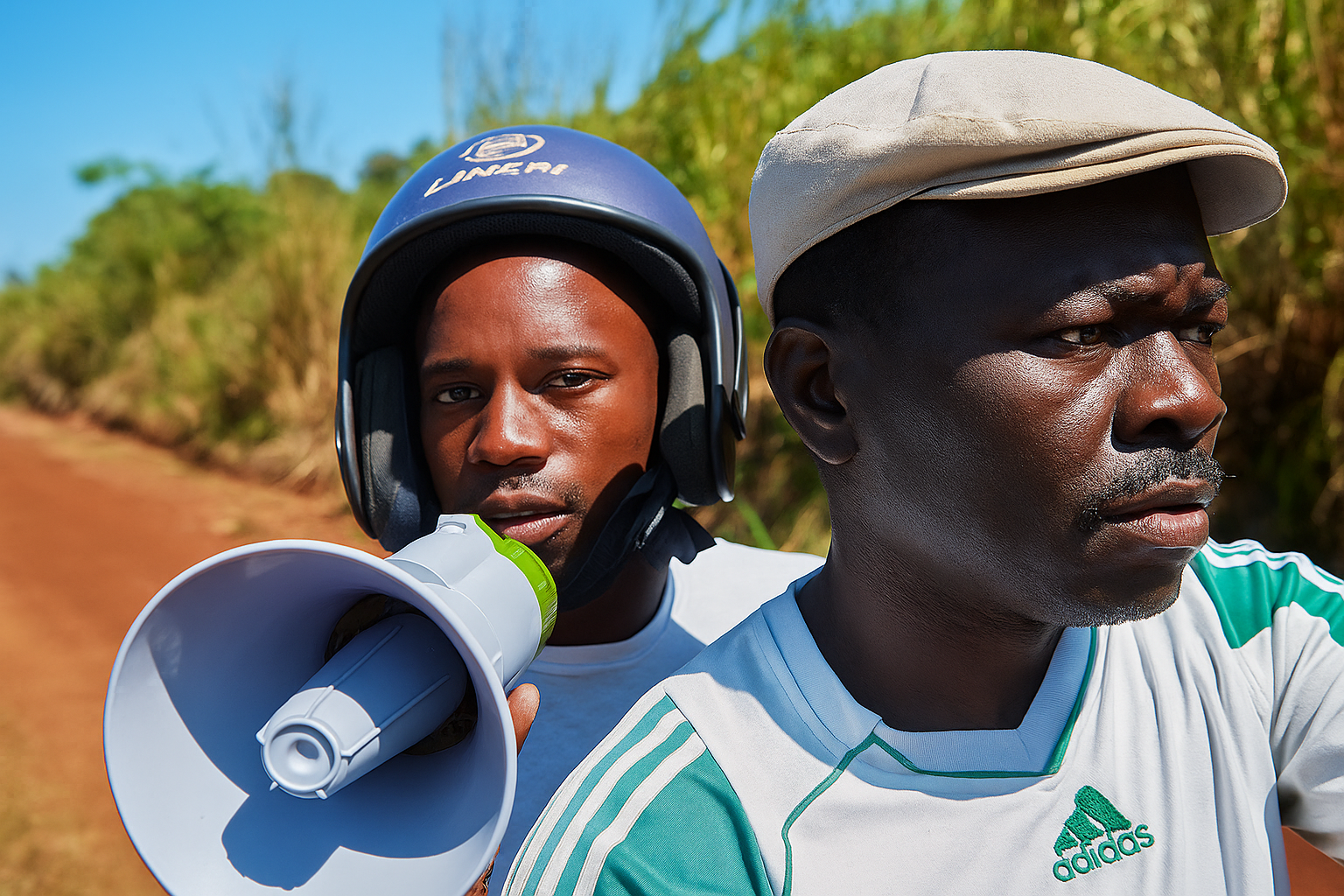
Objective: Improve access to essential healthcare services in rural and underserved areas.
CHAFO will scale up its support for community-level health services by:
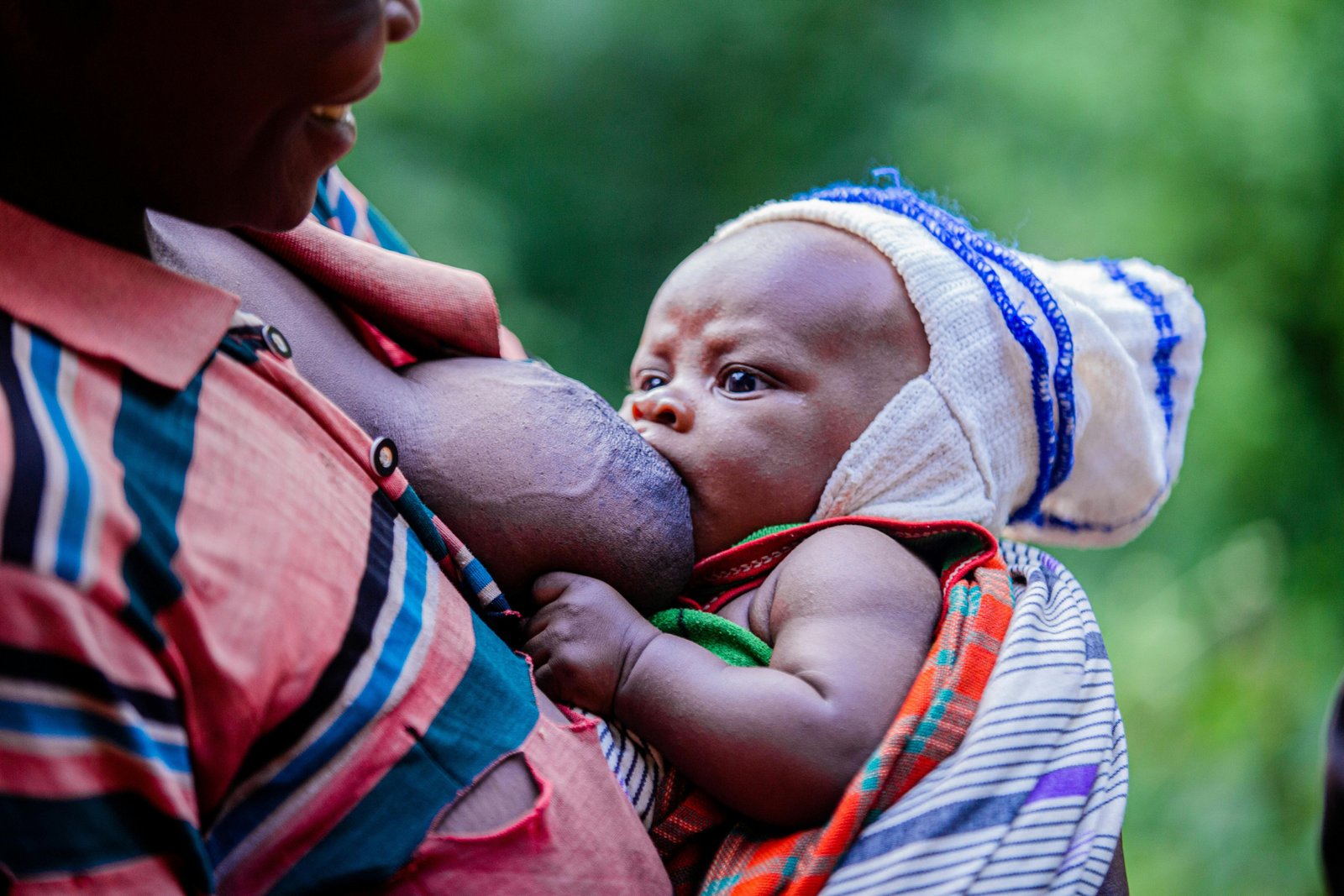
Objective: Promote the health and survival of mothers and children under five.
Maternal and child well-being remains a top priority. CHAFO will:
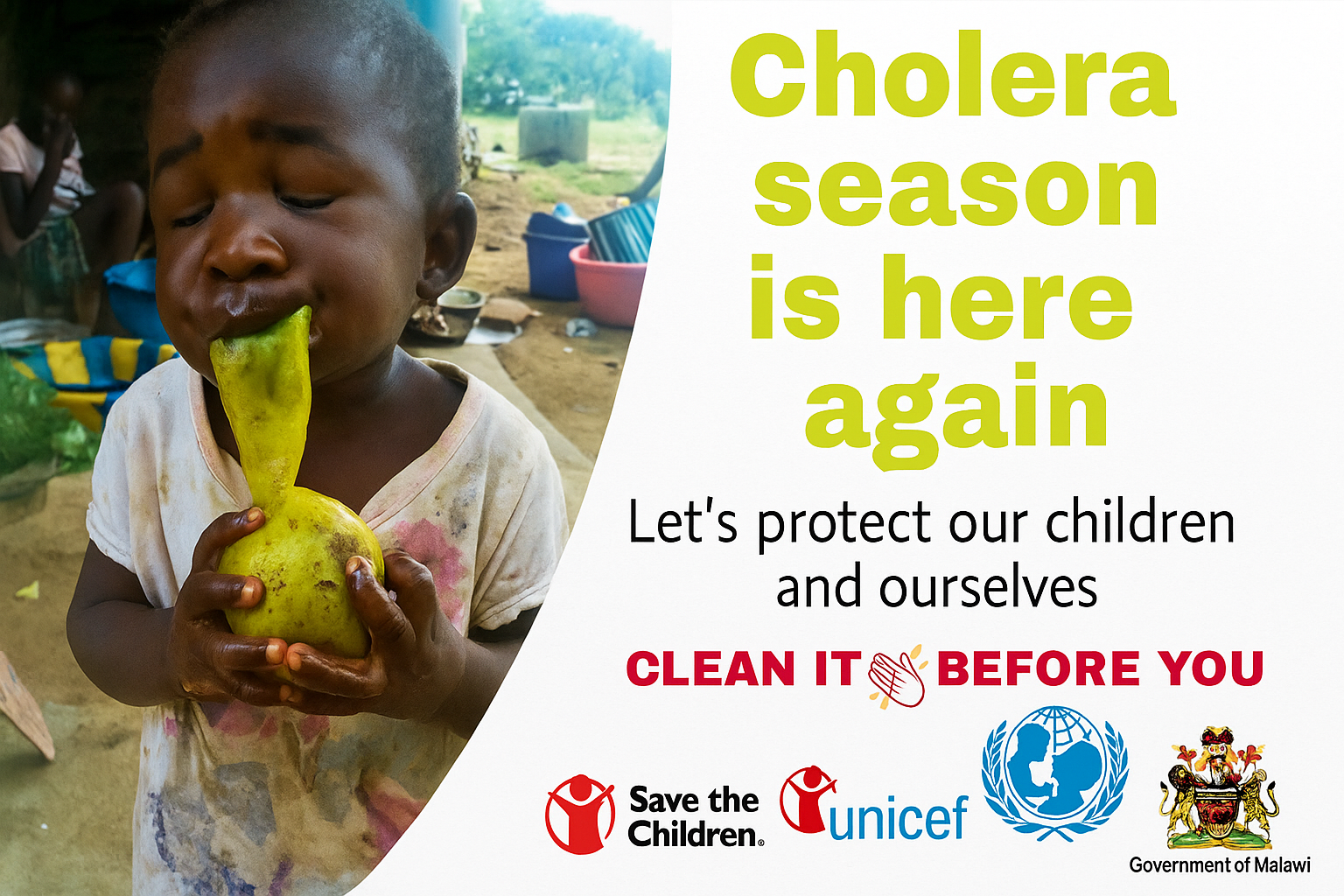
Objective: Reduce the burden of preventable diseases through awareness, screening, and vaccination.
CHAFO will focus on prevention as the most cost-effective strategy by:
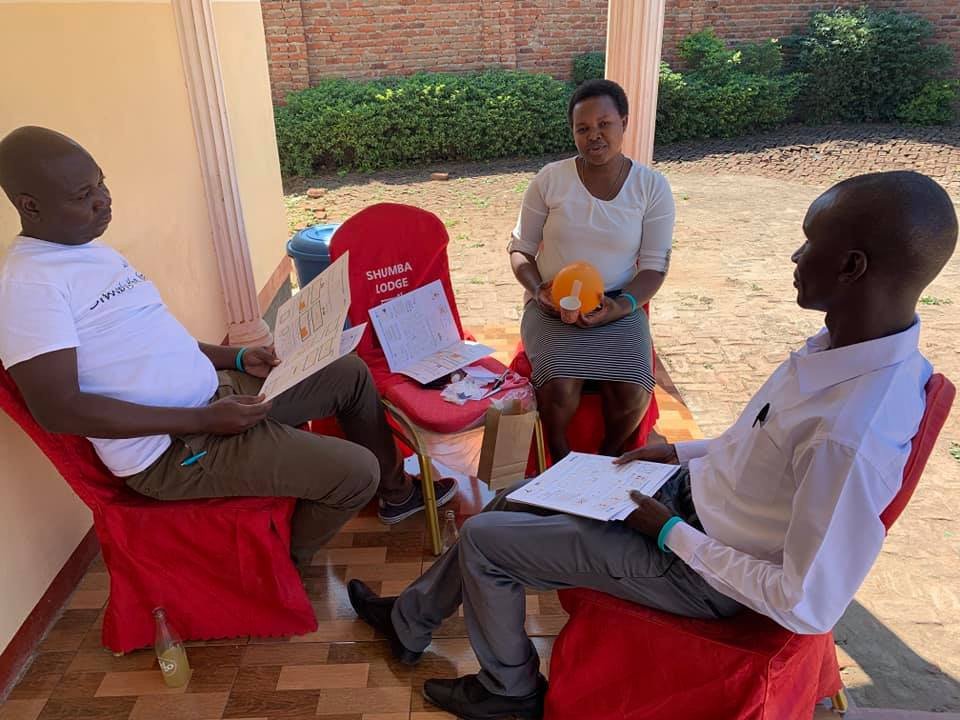
Objective: Empower communities to lead and sustain their own health development.
To ensure sustainability and responsiveness, CHAFO will:

Objective: Promote equity, accountability, and quality in the public health system.
CHAFO will champion change by advocating for:
We are grounded in a participatory, inclusive, and evidence-informed process designed to reflect the organization’s realities, community needs, and aspirations for long-term impact.
We involve local leaders, volunteers, and beneficiaries in planning and delivery.
We base our programmes on data, past lessons, and community needs.
We consult government, civil society, and development partners for alignment.
We use bottom-up approaches to ensure local ownership and relevance.
We work closely with DHOs, DECs, and other local authorities for coordination.
We reflect on previous project outcomes to improve future programming.
We collect community feedback regularly to guide improvements.
We align our work with Malawi's health policies and global development agendas.
Through our comprehensive programs, we're making measurable differences in the health and wellbeing of Malawi's communities.
Children Dewormed Aged 12–59 months received Albendazole (400mg)
Infants Supplemented with Vitamin A Aged 6–11 months (100,000 IU capsules)
Children Supplemented with High-dose Vitamin A Aged 12–59 months (200,000 IU capsules)
Pregnant Women Supplemented Received Multiple Micronutrient Tablets (180mg)
Total Vitamin A Recipients Combined figure across both child age groups
Core Interventions Delivered Albendazole, Vitamin A (2 dosages), and Multivitamins
Coverage Target Aims to supplement 90% of under-five children in targeted areas
Total Beneficiaries Reached Including all child and maternal health programme participants
To realise its vision of healthy and thriving communities, CHAFO identifies four strategic priorities that guide its operations and programming. These priorities reflect the organisation’s operating context and are shaped by stakeholder consultations, organisational assessments, and alignment with national and global development goals.
Build strong internal systems and a full-time team to support effective operations
CHAFO recognises that achieving impact at scale requires a solid institutional foundation. The organisation focuses on:
Mobilise sustainable resources through diverse donor engagement and fundraising strategies
To ensure financial sustainability and reduce over-reliance on limited funding sources, CHAFO:
Deepen relationships with government, NGOs, donors, and communities
CHAFO understands that strategic collaboration enhances impact. The organisation:
Develop a robust MEL framework to track progress and measure impact
To ensure accountability and data-driven growth, CHAFO:
Your support helps us expand our programs and reach more communities in need. Whether through donations, volunteering, or partnerships, you can make a difference.
